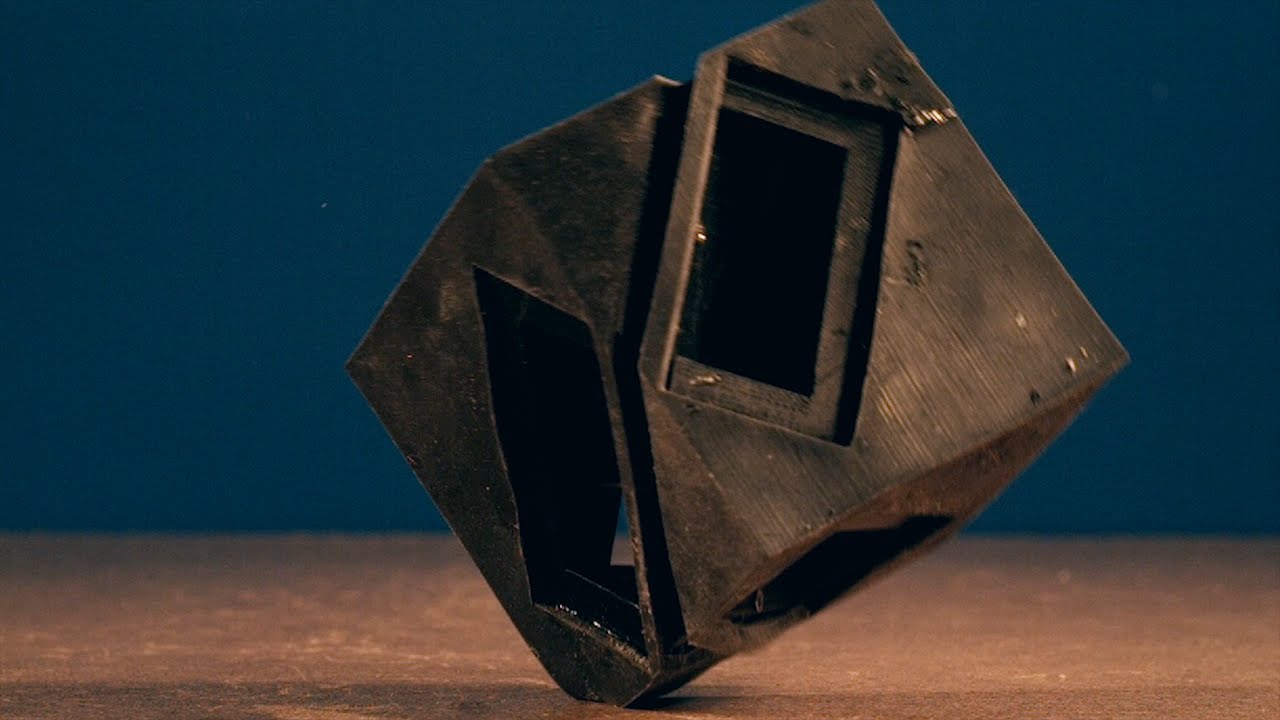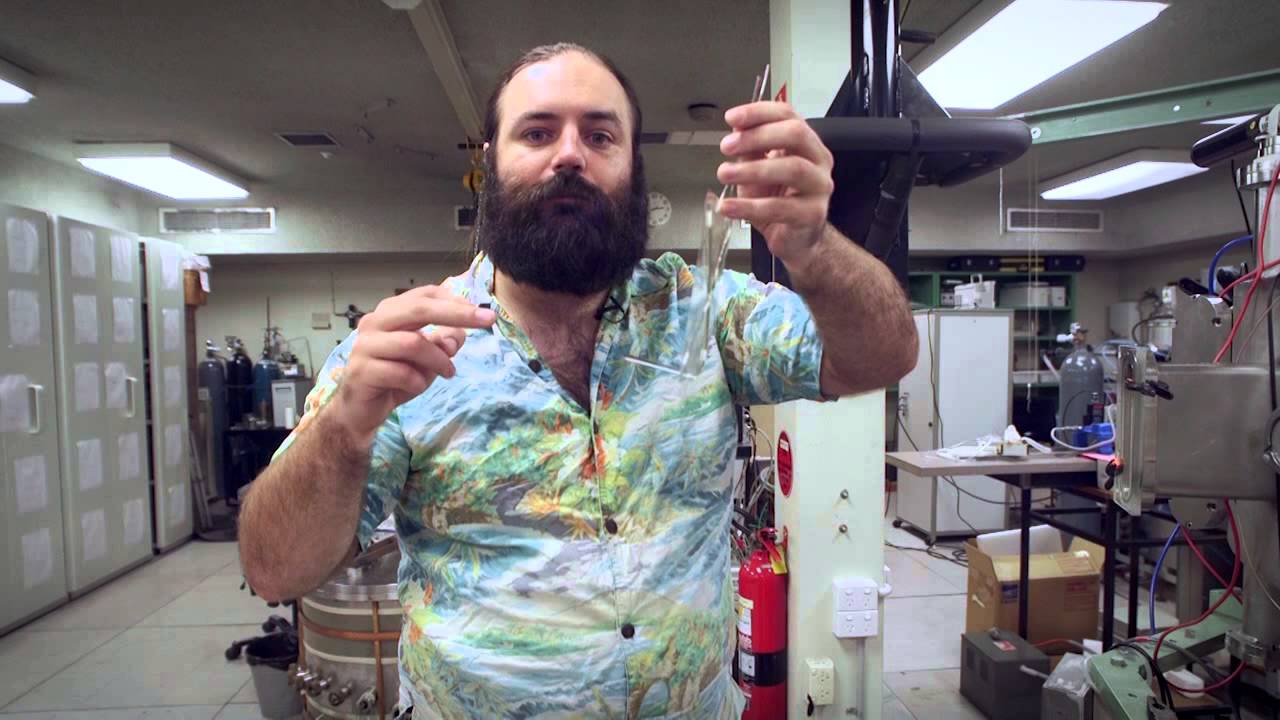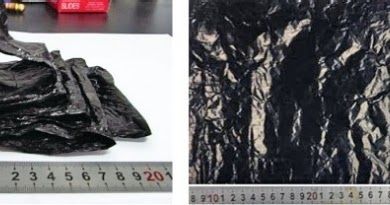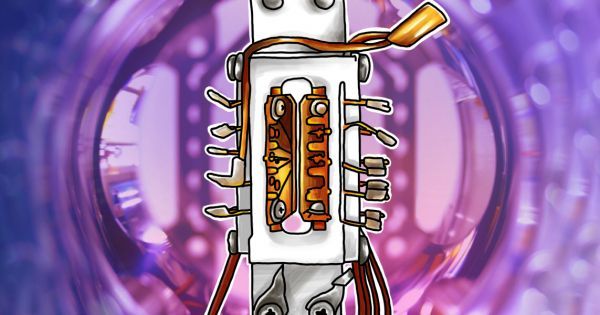Oct 3, 2016
MIT applies soft touch to robots with programmable 3D-printed skins
Posted by Shane Hinshaw in categories: 3D printing, computing, robotics/AI
Spectators of the DARPA Robotics Challenge finals in 2015 would have noticed that many of the competing robots were padded up for protection in case they took a tumble. MIT’s Computer Science and Artificial Intelligence Laboratory (CSAIL) is looking to build customizable shock-absorbing protection into robots by using 3D printing to produce soft materials that not only dampen the impact of falls, but also allows them to carry out safer, more precise movements.
Robotics engineers have long had a keen interest in soft materials. At their simplest, such materials can protect robots against falls and collisions, but can also protect people in environments were robots and humans are increasingly working together. Going beyond this, soft materials also allow for making completely soft robots that can mimic animal design.
Continue reading “MIT applies soft touch to robots with programmable 3D-printed skins” »
















